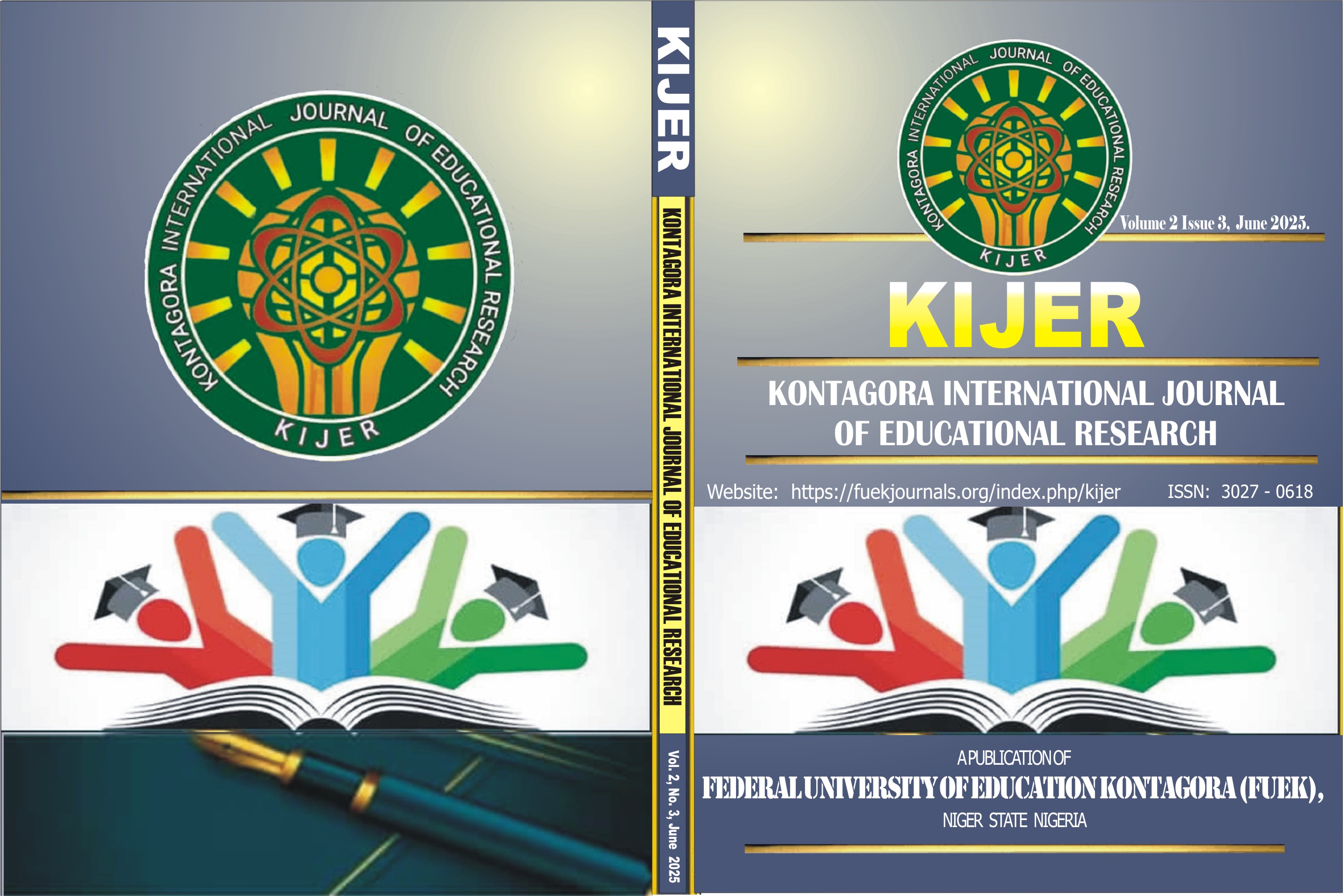Investigating the Impact of Virtual Reality (VR) on Improving Resource Accessibility for Individuals with Disabilities
DOI:
https://doi.org/10.5281/zenodo.16146468Abstract
This study investigates the impact of virtual reality (VR) technology on improving resource accessibility for individuals with disabilities. Disabilities encompass physical, mental, and sensory impairments that create barriers to participation in various aspects of life, including education, healthcare, employment, and social engagement. The study identifies different categories of disabilities, such as intellectual disabilities, autism spectrum disorders, hearing and visual impairments, and so on. This study employed a descriptive survey design. The research was conducted in three disabled homes in Enugu State, Nigeria—Bina Foundation for People with Special Needs, Cheshire Disability Home, and St. Joseph’s Comprehensive Secondary School Uwani. The study's population consists of 800 individuals, including school librarians, individuals with disabilities, and technology specialists, with a stratified sampling technique used to select a sample of 160 respondents. A structured questionnaire based on a 4-point type Likert scale was used to collect data, and analysis was conducted using percentages, means, standard deviations, and regression analysis at a 0.05 significance level. Findings from this research reveal that VR systems hold transformative potential in breaking accessibility barriers by providing tailored solutions for mobility, sensory, and cognitive challenges. However, the study also identified significant challenges, such as usability issues, lack of integration and so on, which limit VR's adoption. Significant challenges such as technical barriers, design and usability issues, and lack of awareness were identified as limiting VR’s widespread adoption. The study recommends greater collaboration between developers, policymakers, and individuals with disabilities to drive usercentered VR innovations, enhance accessibility features, and improve adoption.


